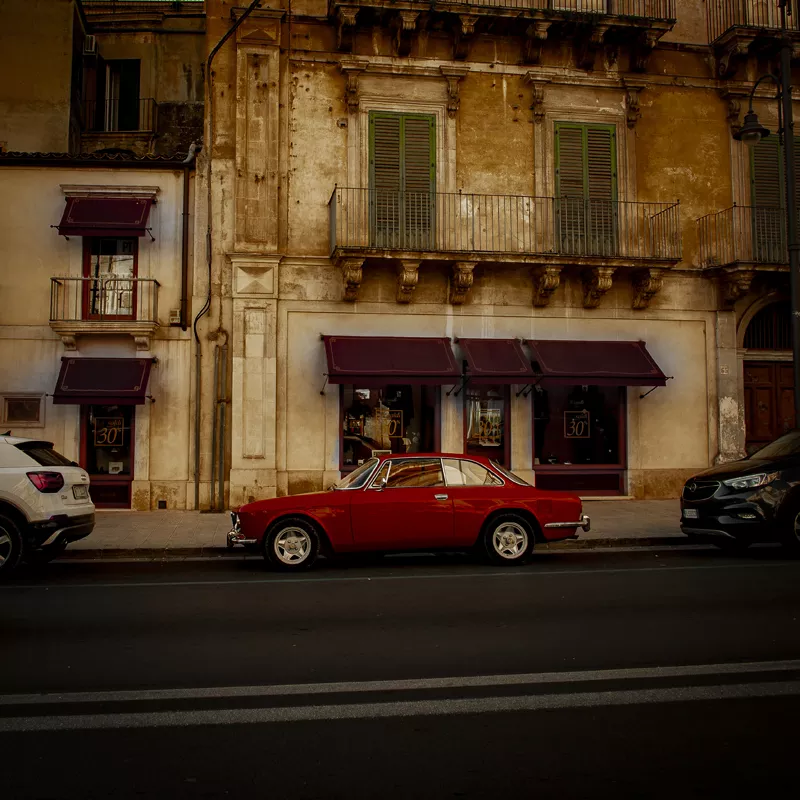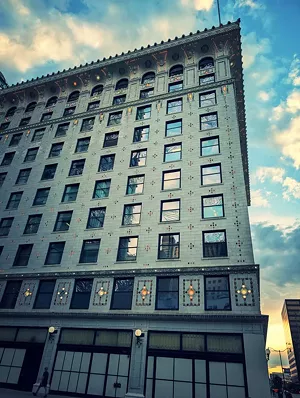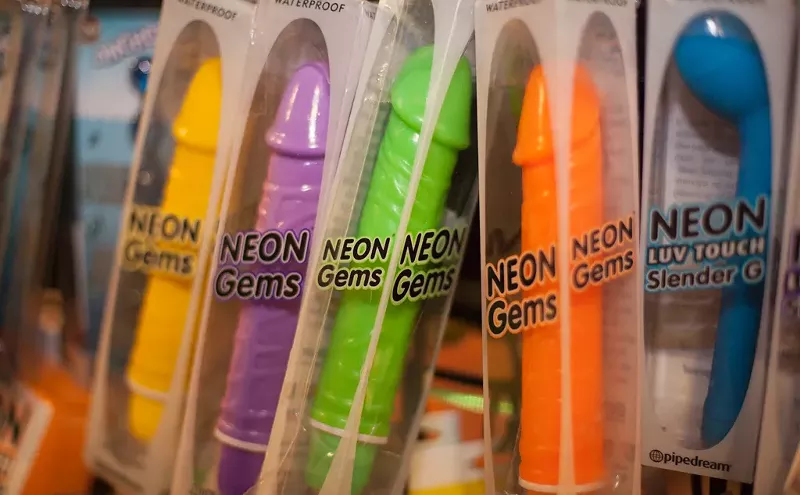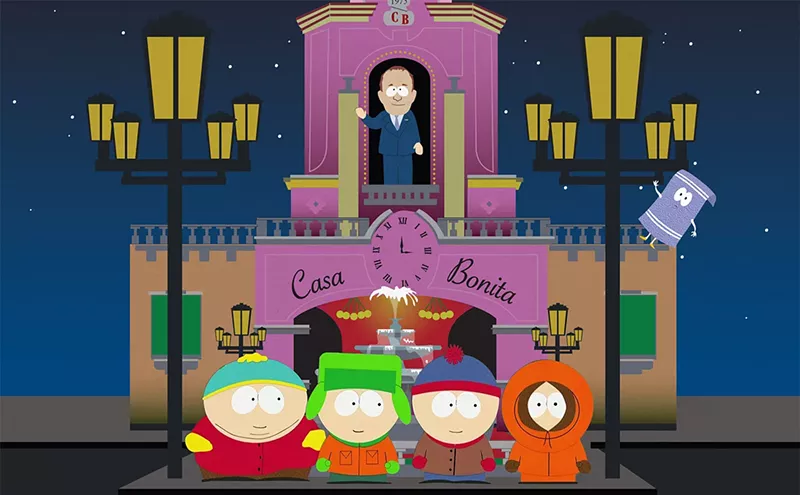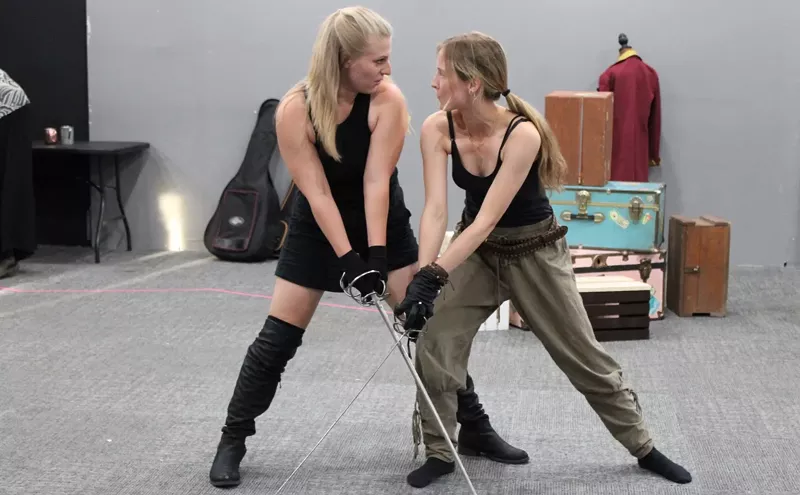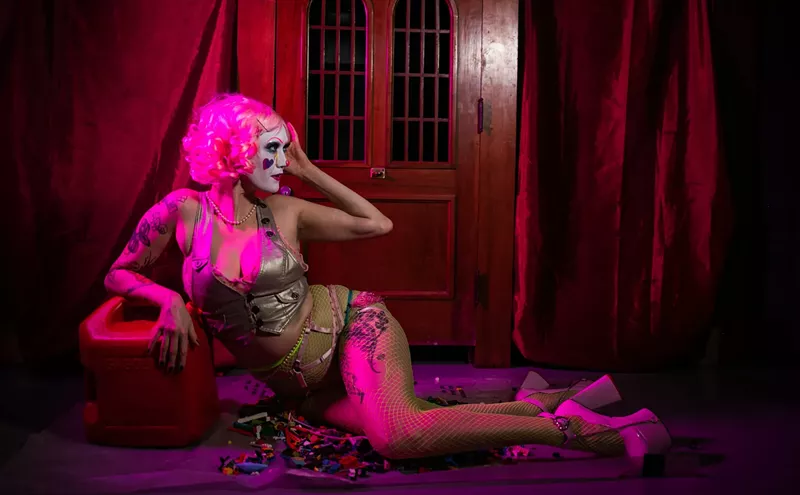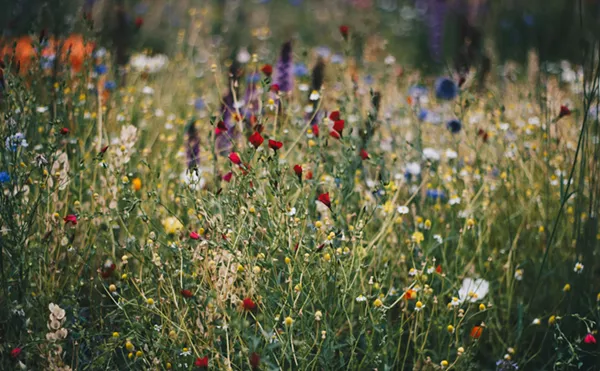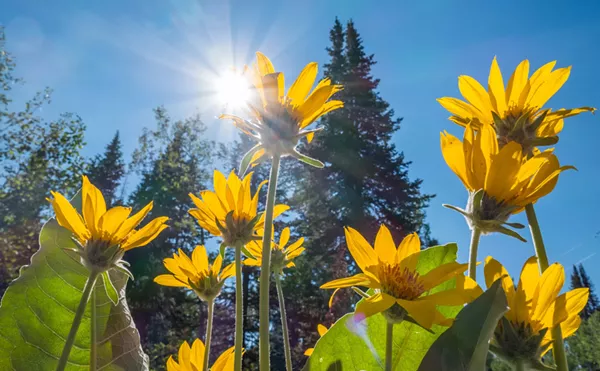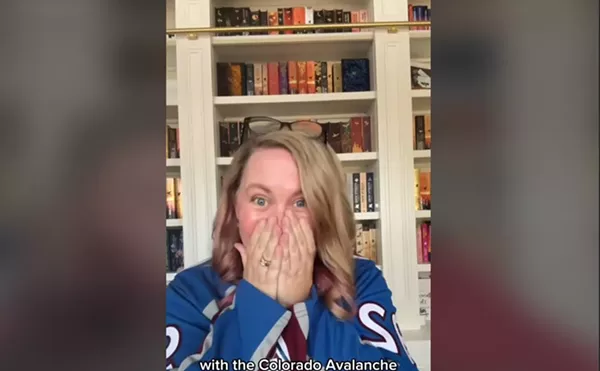For Staff Sgt. Adam Henrickson, photography was more than just a hobby; it was a lifeline. Stationed at the Baumholder U.S. Army base in Germany and battling depression after his wife left him, Adam turned his lens toward the world, capturing sweeping fjords, moody cityscapes and still, silent landscapes. His camera became both a companion and a confessional.
"He was really lonely," his mom, Ava Henrickson, says. "He was really depressed, but we didn't know it because he was traveling, taking all these pictures and posting them. They are beautiful pictures, but a lot of them are also really dark, especially the ones toward the end, right before he died. They're practically dark blue and black pictures of water and rocks. I think for him it was a way to kind of ease his anxiety and his depression and have something to do to get out there and not be alone. He had the camera, and he had his eye, so he could make these beautiful images."
Adam died by suicide in 2020 at the age of 23. Now, nearly five years later, his photographs will be shown publicly for the first time — not as a posthumous solo showcase, but alongside the work of his mother, whose healing process began behind her own lens.
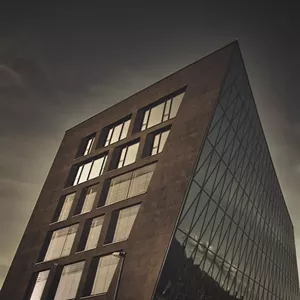
"Doing this exhibit, curating it, looking at his photos and just seeing some that are exactly the same, amazes me," Ava says. "As far as grieving goes, it's so impactful to know that we were in sync when he was alive and we're still in sync now that he's passed."
Echoes of Earth: A Mother and Son’s Parallel Perspectives will be on view April 26 through May 31 in the Lakewood Arts Council Gallery at The Hub. The exhibition pairs eleven of Adam’s striking digital photographs with ten of Ava’s, curated in conversation with one another — an unintentional dialogue between mother and son that emerged from similar frames, subjects and ways of seeing the world.
The idea took root during Ava’s showing in the Lakewood Arts Council’s March juried exhibit, Reflections. "I saw my sister looking at a piece with her mouth open," Ava recalls. "She goes, ‘I think you guys have a similar eye,’ and it did take me a minute to think about that. I didn't say, ‘Yeah, you're right,’ immediately. I just kind of put it in the back of my mind."
As she considered it further, Ava began to see a deeper, perhaps spiritual, connection between her and her son's photographic eyes.
“I was so excited to think that maybe I could show Adam's work,” Ava says. “My friend Dorothy [Lessem] is a co-op member at the gallery, and we mentioned to her that it would be neat to show Adam's work and my work. She went to the gallery manager and asked her if we could.”
At first, there was hesitation. The gallery typically shows work by living Colorado-based artists — neither of which applied to Adam. He had grown up in South Dakota and was living in Germany when he died.
“But she said, ‘We would make an exception if we were showing your work too,’” Ava says. “We agreed to do the show.”
The timing came together quickly, almost as if the universe was clearing a path. “A couple of days later, they said, ‘Okay, you got the walls for May, and we need all this information about the show in three days,’” Ava recalls. “I was like, ‘Oh no,’ but also like, ‘Wow! I’ve got a show.’ It all started coming together so fast.”
Ava began by combing through the hundreds of photographs Adam had left behind — some posted on Instagram, others hidden in files she hadn’t opened until after his death.
“I started with Adam’s photos because they are just so amazing. They're professional,” she says. “He used a Sony Alpha 6000 digital camera. He was very intentional with his photography and took amazing photos. I'm more of a hobbyist photographer and use my phone, but I take so many that I get some good ones here and there."
As she worked through his images, Ava realized how many mirrored snapshots she had taken on her phone while hiking, traveling or wandering through Colorado.
“I would look at his and then be like, ‘Oh, I have one that’s similar to that,’ and then I would dig that one out of my files," she says. "After he died, I did a bunch of projects, like making stickers and a paint-by-number version of his photos, but I never thought that I'd be able to show his work in a gallery."
Working on this exhibition alongside her family, who pooled their resources to make this happen, Ava was struck by just how much meaning had been embedded in these images and how much she hadn’t realized while Adam was alive. The process offered not only a way to grieve but a new way to connect with her son across time.
“Curating this project really made me realize how short and precious life is and how much we all take it and our people for granted so often,” Ava says. “We’re so busy in our day-to-day lives that we don’t think they will be gone someday. And then, when they suddenly are gone — and at such a young age and so traumatically — it really hits you hard that all you’re left with are photographs.”
Those photographs, she says, are now priceless. “These photographs in the exhibition are of the things he thought were beautiful and interesting, and how special that I get to share that with my community. I feel really honored and blessed and grateful. And I think Adam would be proud and that’s what he would want people to come see at the exhibit: the love that went into the project. That pure, deep motherly love that was there when he was alive and is still there today.”
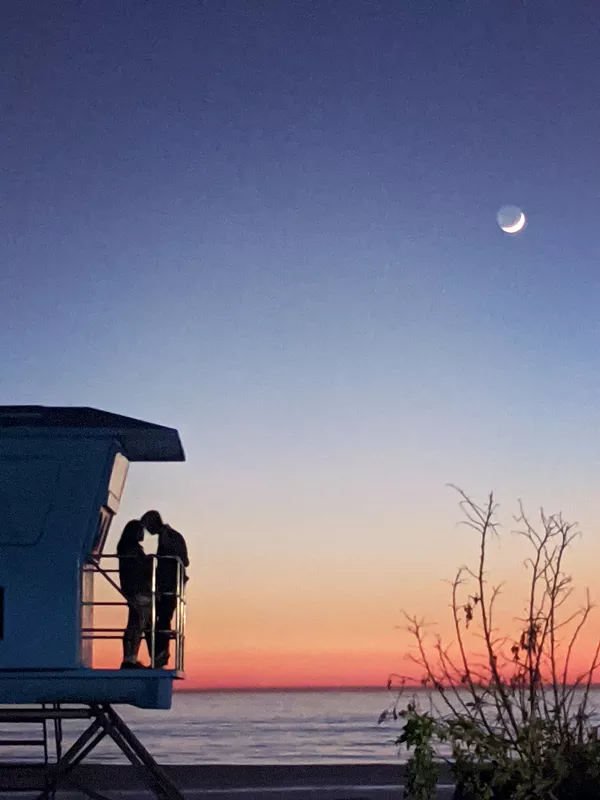 That love now extends beyond the gallery walls. Ava and her family have decided to donate all proceeds from the exhibition to organizations supporting suicide prevention and mental health services for military members and survivors. They’re exploring several options, including a support group Ava attends in Evergreen and a national veterans’ suicide survivor organization.
That love now extends beyond the gallery walls. Ava and her family have decided to donate all proceeds from the exhibition to organizations supporting suicide prevention and mental health services for military members and survivors. They’re exploring several options, including a support group Ava attends in Evergreen and a national veterans’ suicide survivor organization.
Other ideas include sponsoring a commemorative bench in Colorado or in the South Dakota Black Hills. The hope is that the show not only honors Adam but also helps others feel less alone and more able to speak openly about the realities of suicide.
“It’s really important to talk about suicide freely,” Ava says. “I enjoy talking about my son. People sometimes think that it’s scary to bring him up to me, or that they shouldn’t because I’ll get sad or I’ll be hurt or something. But it’s completely the opposite.” That conversation is something she brings into every space, even her new job at the Colorado Supreme Court Office of Attorney Regulation Counsel.
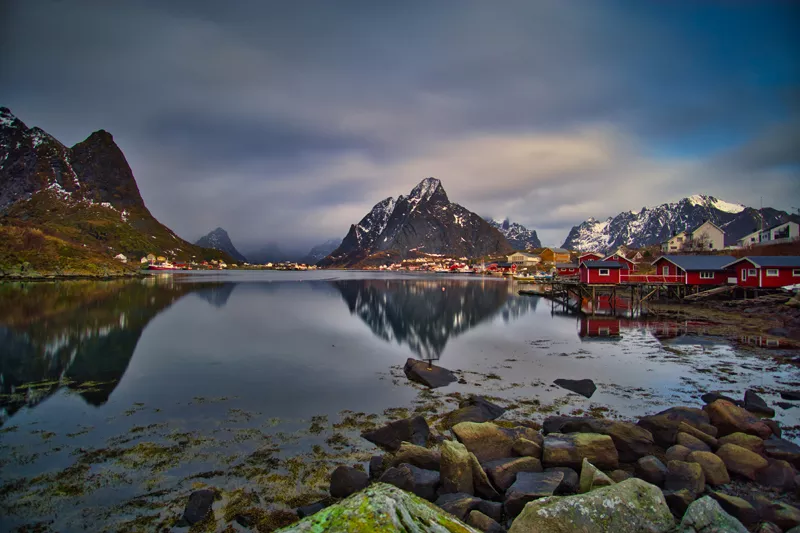 “I’ve been talking about him a lot,” she says. “I have a picture of him here at work. I’ve been telling people about this exhibit and they’re like, ‘I’m so sorry.’ I’m like, ‘Please do not be sorry. This is what I want to talk about.’”
“I’ve been talking about him a lot,” she says. “I have a picture of him here at work. I’ve been telling people about this exhibit and they’re like, ‘I’m so sorry.’ I’m like, ‘Please do not be sorry. This is what I want to talk about.’”
She pauses, then adds with quiet confidence: “I have a smile on my face when I’m talking about it, because this is my son. And it doesn’t make me sad. It doesn’t hurt me at all. People should be able to talk about their people and suicide more openly — because we need to reduce the stigma in society.”
Echoes of Earth: A Mother and Son’s Parallel Perspectives, Saturday, April 26, through Saturday, May 31, Lakewood Arts Council at The Hub, 6501 West Colfax Avenue. Learn more at lakewoodarts.org.
"He was really lonely," his mom, Ava Henrickson, says. "He was really depressed, but we didn't know it because he was traveling, taking all these pictures and posting them. They are beautiful pictures, but a lot of them are also really dark, especially the ones toward the end, right before he died. They're practically dark blue and black pictures of water and rocks. I think for him it was a way to kind of ease his anxiety and his depression and have something to do to get out there and not be alone. He had the camera, and he had his eye, so he could make these beautiful images."
Adam died by suicide in 2020 at the age of 23. Now, nearly five years later, his photographs will be shown publicly for the first time — not as a posthumous solo showcase, but alongside the work of his mother, whose healing process began behind her own lens.

"Freiburg im Breisgau Bldg 2," taken by Adam Henrickson, is featured in Echoes of Earth: A Mother and Son's Parallel Perspectives.
Courtesy of Adam Henrickson
"Doing this exhibit, curating it, looking at his photos and just seeing some that are exactly the same, amazes me," Ava says. "As far as grieving goes, it's so impactful to know that we were in sync when he was alive and we're still in sync now that he's passed."
Echoes of Earth: A Mother and Son’s Parallel Perspectives will be on view April 26 through May 31 in the Lakewood Arts Council Gallery at The Hub. The exhibition pairs eleven of Adam’s striking digital photographs with ten of Ava’s, curated in conversation with one another — an unintentional dialogue between mother and son that emerged from similar frames, subjects and ways of seeing the world.
The idea took root during Ava’s showing in the Lakewood Arts Council’s March juried exhibit, Reflections. "I saw my sister looking at a piece with her mouth open," Ava recalls. "She goes, ‘I think you guys have a similar eye,’ and it did take me a minute to think about that. I didn't say, ‘Yeah, you're right,’ immediately. I just kind of put it in the back of my mind."
As she considered it further, Ava began to see a deeper, perhaps spiritual, connection between her and her son's photographic eyes.
“I was so excited to think that maybe I could show Adam's work,” Ava says. “My friend Dorothy [Lessem] is a co-op member at the gallery, and we mentioned to her that it would be neat to show Adam's work and my work. She went to the gallery manager and asked her if we could.”
At first, there was hesitation. The gallery typically shows work by living Colorado-based artists — neither of which applied to Adam. He had grown up in South Dakota and was living in Germany when he died.
“But she said, ‘We would make an exception if we were showing your work too,’” Ava says. “We agreed to do the show.”
The timing came together quickly, almost as if the universe was clearing a path. “A couple of days later, they said, ‘Okay, you got the walls for May, and we need all this information about the show in three days,’” Ava recalls. “I was like, ‘Oh no,’ but also like, ‘Wow! I’ve got a show.’ It all started coming together so fast.”
Ava began by combing through the hundreds of photographs Adam had left behind — some posted on Instagram, others hidden in files she hadn’t opened until after his death.
“I started with Adam’s photos because they are just so amazing. They're professional,” she says. “He used a Sony Alpha 6000 digital camera. He was very intentional with his photography and took amazing photos. I'm more of a hobbyist photographer and use my phone, but I take so many that I get some good ones here and there."
As she worked through his images, Ava realized how many mirrored snapshots she had taken on her phone while hiking, traveling or wandering through Colorado.
“I would look at his and then be like, ‘Oh, I have one that’s similar to that,’ and then I would dig that one out of my files," she says. "After he died, I did a bunch of projects, like making stickers and a paint-by-number version of his photos, but I never thought that I'd be able to show his work in a gallery."
Working on this exhibition alongside her family, who pooled their resources to make this happen, Ava was struck by just how much meaning had been embedded in these images and how much she hadn’t realized while Adam was alive. The process offered not only a way to grieve but a new way to connect with her son across time.
“Curating this project really made me realize how short and precious life is and how much we all take it and our people for granted so often,” Ava says. “We’re so busy in our day-to-day lives that we don’t think they will be gone someday. And then, when they suddenly are gone — and at such a young age and so traumatically — it really hits you hard that all you’re left with are photographs.”
Those photographs, she says, are now priceless. “These photographs in the exhibition are of the things he thought were beautiful and interesting, and how special that I get to share that with my community. I feel really honored and blessed and grateful. And I think Adam would be proud and that’s what he would want people to come see at the exhibit: the love that went into the project. That pure, deep motherly love that was there when he was alive and is still there today.”

"Twilight is for Lovers," photographed by Ava Henrickson, is in Echoes of Earth: A Mother and Son's Parallel Perspectives.
Courtesy of Ava Henrickson
Other ideas include sponsoring a commemorative bench in Colorado or in the South Dakota Black Hills. The hope is that the show not only honors Adam but also helps others feel less alone and more able to speak openly about the realities of suicide.
“It’s really important to talk about suicide freely,” Ava says. “I enjoy talking about my son. People sometimes think that it’s scary to bring him up to me, or that they shouldn’t because I’ll get sad or I’ll be hurt or something. But it’s completely the opposite.” That conversation is something she brings into every space, even her new job at the Colorado Supreme Court Office of Attorney Regulation Counsel.

Echoes of Earth: A Mother and Son's Parallel Perspectives includes Adam Henrickson's photograph "Reine Lofoten 1."
Courtesy of Adam Henrickson
She pauses, then adds with quiet confidence: “I have a smile on my face when I’m talking about it, because this is my son. And it doesn’t make me sad. It doesn’t hurt me at all. People should be able to talk about their people and suicide more openly — because we need to reduce the stigma in society.”
Echoes of Earth: A Mother and Son’s Parallel Perspectives, Saturday, April 26, through Saturday, May 31, Lakewood Arts Council at The Hub, 6501 West Colfax Avenue. Learn more at lakewoodarts.org.

